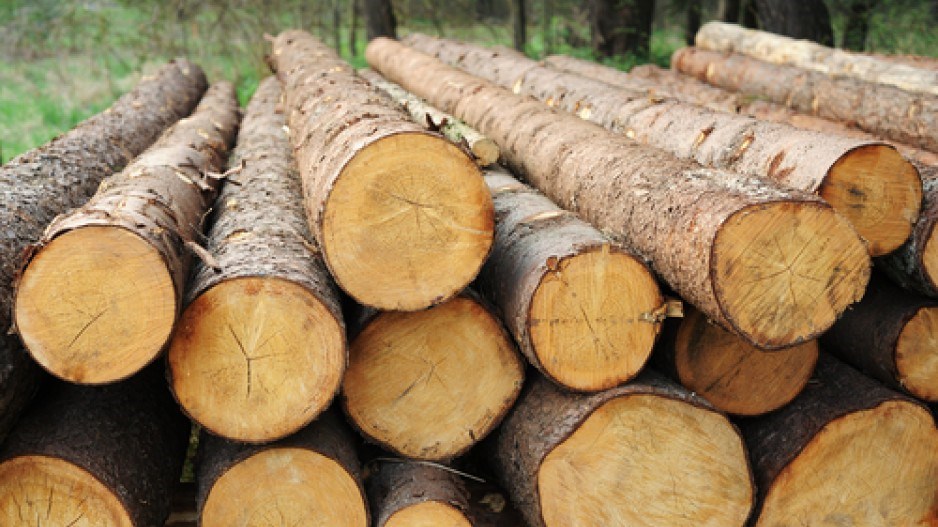B.C. should harvest “marginally economic forest types” as part of its strategy to boost the province’s pine beetle-ravaged timber supply, according to a new government report.
The report, just issued by the Special Committee on Timber Supply, proposes some solutions to offset the loss of timber in B.C.’s central interior over the next 20 to 60 years.
According to the report, over the last 13 years, the mountain pine beetle outbreak has affected an estimated 18.1 million hectares of forest land throughout the province.
In its recommendations, the committee recommended that the province tackle the timber supply problem by:
- engaging local communities and First Nations in future plans;
- finding ways to grow more fibre and maximize its value by using marginally economic stands and/or investing in fertilization; and
- increasing the type and form of area-based tenures to support enhanced levels of forest stewardship and private sector forest investment.
The report takes a particular look at marginal forests – stands “that are accessible and otherwise available for harvesting but are not merchantable because of small piece size, incidence of decay, species composition and low stocking.”
It argues, “If these marginally economic forest types were utilized, the mid-term timber supply could increase.”




